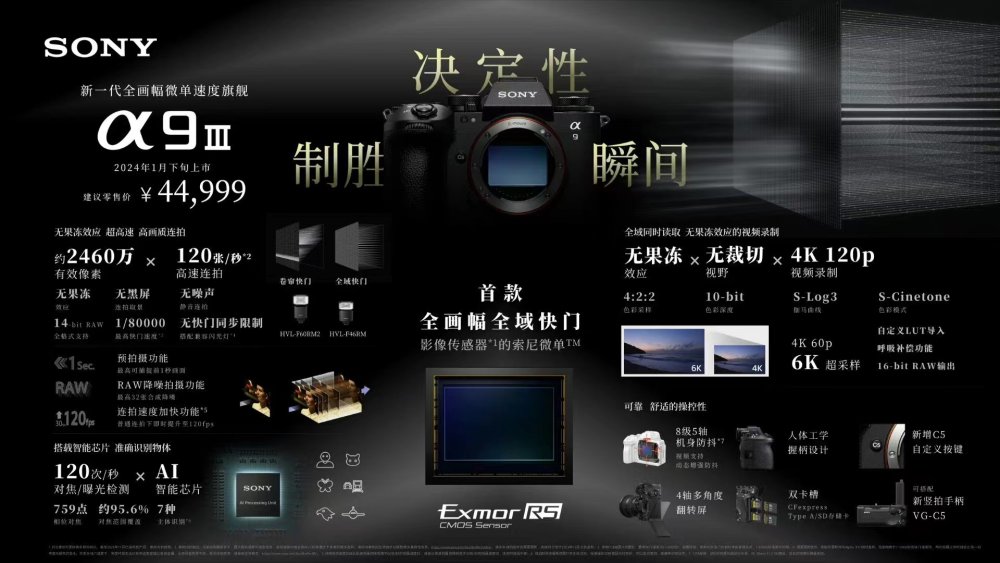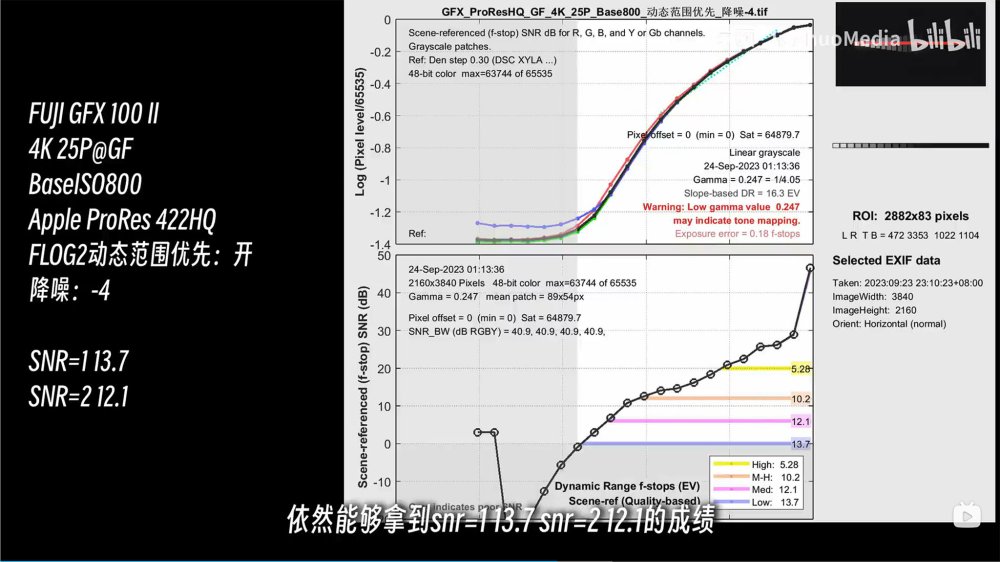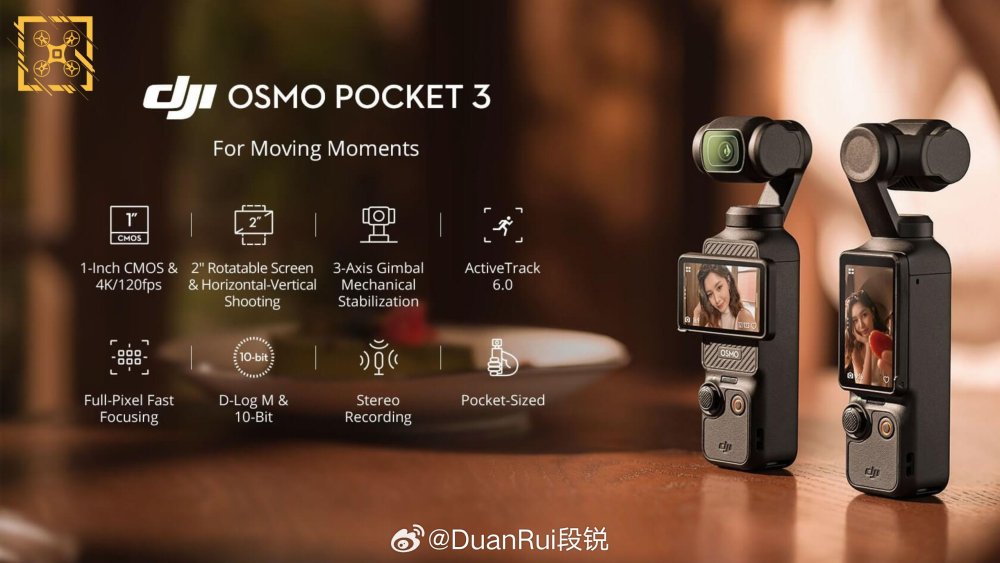
androidlad
-
Posts
1,215 -
Joined
-
Last visited
Content Type
Profiles
Forums
Articles
Posts posted by androidlad
-
-
8 hours ago, Al Dolega said:
I vaguely remember something being said/speculated around the GH6 launch that it was from TowerJazz, or whatever they're called now? We need @androidladin here, he knows all the juicy sensor gossip.
GH6's sensor was designed by Panasonic and OEM manufactured by Taiwan Nuvoton Technology (which acquired Panasonic's semiconductor business in 2020, and shares a 49% stake in Panasonic's wafer fab joint venture with Towerjazz)
-
The Fuji IDT file needs to be modified to conform to DCTL syntax, extension renamed to .dctl and placed in /Blackmagic Design/DaVinci Resolve/ACES Transforms/IDT/
Quote// ACES IDT for FUJIFILM F-Log2
// FUFJIFILM Corpration
// Version:1.00
DEFINE_ACES_PARAM(IS_PARAMETRIC_ACES_TRANSFORM: 0)
__DEVICE__ inline float FLog2ToSceneLinearReflection(float x)
{
if (x > 0.100686685370811f)
return (pow(10.f,(x - 0.384316f) / 0.245281f) - 0.064829f) / 5.555556f;
else
return (x - 0.092864f) / 8.799461f;
}
__DEVICE__ float3 transform(int p_Width, int p_Height, int p_X, int p_Y, float p_R, float p_G, float p_B)
{
float r_lin = FLog2ToSceneLinearReflection(p_R);
float g_lin = FLog2ToSceneLinearReflection(p_G);
float b_lin = FLog2ToSceneLinearReflection(p_B);
float rOut = r_lin * 0.62021930886364f + g_lin * 0.18821587793692f + b_lin * 0.19156481319944f;
float gOut = r_lin * 0.00494087068593f + g_lin * 0.89909785987571f + b_lin * 0.09596126943836f;
float bOut = r_lin * -0.03660757899425f + g_lin * 0.03316228790203f + b_lin * 1.00344529109222f;
return make_float3(rOut, gOut, bOut);
}
Credit to Hook Stowers from LGG.
-
9 hours ago, Jedi Master said:
I see that now that the 21.5GB ZIP file has downloaded. Time to try grading them in Resolve and look for a workaround to the fact that there's no Fujifilm F-log input transform in either ACES or DWG color spaces.
Fuijifilm provided IDT for ACES:
-
2 hours ago, Jedi Master said:
Thanks. 21.5GB -- that's going to take a while!
But each clip is around 900MB though.
-
50 minutes ago, Jedi Master said:
Anyone know where I can find some sample F-Log or F-Log2 footage shot on a GFX100 II to download? A quick Google search didn't turn up anything.
https://mocfilmmaker.wetransfer.com/downloads/8d56d6ccf62e7bc1682da8c61735b79220230929102636/c7962e
-
4 minutes ago, eatstoomuchjam said:
I don't think IMX461 is a stacked sensor. Moving to a stacked sensor should allow for faster readout speed with minimal/no impact to image quality.
Every single stacked sensor has reduced DR compared to their standard BSI counterpart, for example, X-H2s vs X-T4
-
2 hours ago, eatstoomuchjam said:
It's probably not a question of "processing" (and even if it were, it'd be a hard one to overcome and very expensive for a niche camera)
https://www.sony-semicon.com/files/62/pdf/p-13_IMX461ALR_AQR_Flyer.pdf
Unless I'm mistaken, GFX 100 and II are both based on IMX461 AQR. The maximum readout speed in full resolution is 10 fps with 12-bit color. Lines up nicely with the GFX 100 II dropping to 12-bit mode when shooting at 8fps. If there's an 8-bit readout mode, maybe they could get close to (or even reach) 12k readout from the sensor at 24fps, but what's the market? People who want enormous files, but shitty dynamic range?
The GFX 100 II is almost certainly doing as much as it can with a sensor that is now like 4-5 years old (most of their wording around "new sensor" was really in "new circuitry to read from the sensor as fast as possible"). My guess is that we won't see a dedicated "cinema" GFX until Sony release a newer medium format sensor which is better optimized for video. I'd love to be wrong, but for now, I don't mind having one of the best stills cameras in the world which also features some really nice video modes.Based on current technology from Sony Semicon, increasing readout speed inevitably compromises image quality, measured by higher readout noise, thus reducing DR. This would directly hit medium format's main selling point.
-
57 minutes ago, Eric Calabros said:
I believe 120 mode is 12 bit.
No. 14bit. 6GB/s data rate.
Even video mode readout is also 14bit.
-
Some of the features not mentioned during the press release but appeared in Chinese marketing material:
- Multi-frame RAW noise-reduction (Combining up to 32 RAW burst stills for one noise-free RAW still)
- Custom LUT import for video
- Lens breathing compensation in video mode
It's expected to ship in China around end of January 2024. Early testers commented on the dynamic range to have taken a "slight but noticeable" hit due to global shutter design, hence the limited native ISO range of 250 to 25600.
- Jerome Chiu and Andrew Reid
-
 2
2
-
-
DJI Pocket 3?
In: Cameras
I can confirm it uses Sony Semicon IMX989 sensor.
- Emanuel and Amazeballs
-
 1
1
-
 1
1
-
DJI Pocket 3?
In: Cameras
- Amazeballs, Katrikura and ntblowz
-
 3
3
-
DJI Pocket 3?
In: Cameras
-
2 hours ago, Kino said:
Fuji has confirmed that video mode on the GFX 100 II is 12 bit. Does the original GFX 100 have 14-bit readout in 4K video?
Perhaps they wouldn't be offering a "new and improved sensor" for $2500 less. The new PDAF could be exclusively software based.
There is also the interesting setting described in the manual on page 197:
It seems like this will restore 14-bit readout in video, as the tradeoff is increased rolling shutter, but Fuji will not confirm how this extra DR is achieved. I would be curious to see some tests in this mode.
2 x readout speed in Fujifilms advertising mainly refers to stills performance, the max 8fps CH mode has been confirmed by Jim Kasson that it's 12bit readout then dithered to 14bit.
Original GFX100/S are limited by the processor and I/O.
Flog2 D range priority mode is achieved by using 12bit Low Noise readout mode.
The sensor is not fast enough for 14bit readout in video mode.
-
6 hours ago, Kino said:
The sensor has a slightly different performance in DR, especially because of the addition of ISO 80:
https://blog.kasson.com/gfx-100-ii/fujifilm-gfx-100-ii-edr-16-bit-precision/
The new PDAF would also necessitate changes. The 4K (line-skipped) mode has a 15ms rolling shutter (vs 30ms on the GFX 100), so the readout speed is definitely faster by a factor of 2x.
It is likely based on the same sensor but with the new additions in autofocus, low ISO performance, and faster readout speed.
2 x readout speed is achieved by using 12bit readout mode https://blog.kasson.com/gfx-100-ii/more-on-gfx-100-ii-electronic-shutter-speeds/
GFX100/S aren't able to do that likely because of the limitation of the processor, not the sensor.
-
https://blog.kasson.com/the-last-word/how-fast-is-the-gfx-100-ii-electronic-shutter/
Readout speed for GFX 100 II is the same as the 100, 100S??
-
On 9/23/2023 at 8:44 AM, Attila Bakos said:
Thanks for the link, but it's really hard to judge from these samples. From what I see I don't think Fuji changed anything, but I'll keep checking when new samples pop up.
I spent quite some time recently to see how they handle skin tone colors compared to Canon. They try to equalize hue and luminosity to an extent we still consider natural when looking at it. It already hides some of the skin issues, but you don't even notice this unless you compare to an other camera. Then there is the chroma smoothing which adds another layer of flattening, so I tend to think this is all on purpose, to produce a flat looking skin, which is something a lot of people love. For this reason I don't think Fuji would ever remove this "feature", unless the majority of people start to demand something else.
8K ProRes Flog2 footage download:
-
@Attila Bakos You wanna check for chroma smoothing using the SOOC video sampleS in this link? https://www.photographyblog.com/reviews/fujifilm_gfx_100_ii_review
-
-
GoPro Hero12
In: Cameras
-
GoPro Hero12
In: Cameras
Spec leaked already, it's an incremental update.
-
From Fujirumor:
- Announcement on September 12
- tilt & detachable EVF
- detachable battery grip
- GFX100II about the size of the GFX100S but with angled top plate
- 102MP BSI sensor (new version)
- CFexpress Type B and SD-Cards
- 8K video, 4K/60p, 10 bit 4:2:2, ProRes Internal
- compatible with External Cooling Fan
- Extra Large and 9.44 m-Dot EVF
- latest subject tracking
- fastest AF of any GFX
- 8 Stops IBIS
- 3 way tilt screen
- Video touch-to-track Autofocus
- Waveforms Monitor
- Anamorphic Mode
- Coming with Reala film simulation
- full size HDMI port
- 8 fps mechanical shutter
- Ethernet port
Fujirumor didn't seem to get right that the new sensor is more than twice as fast as the one on GFX100.
-
3 hours ago, kye said:
Knowing GoPro, it would be 8K, but still limited to 120Mbps.
Fast forward to 2035 and the GoPro21 is released with the headline feature of 20K video.... at 180Mbps.
Did you know the current GoPro Labs firmware can reach 200Mbps?
-
http://thenewcamera.com/gopro-12-images-specification-and-arrival-date/
8K at 60fps
4K video at 240fps
Seems unreal




.thumb.png.702ceeea033f7713ba7acbf85e1a92dd.png)

DJI Action 5 Pro
In: Cameras
Posted
Shame DJI dropped the bitrate to 60-80Mbps (vs Action 4's 130Mbps)